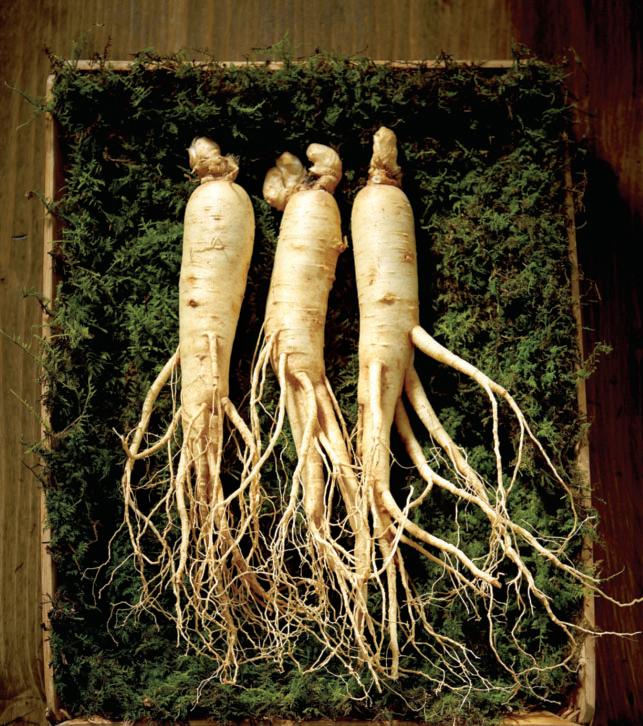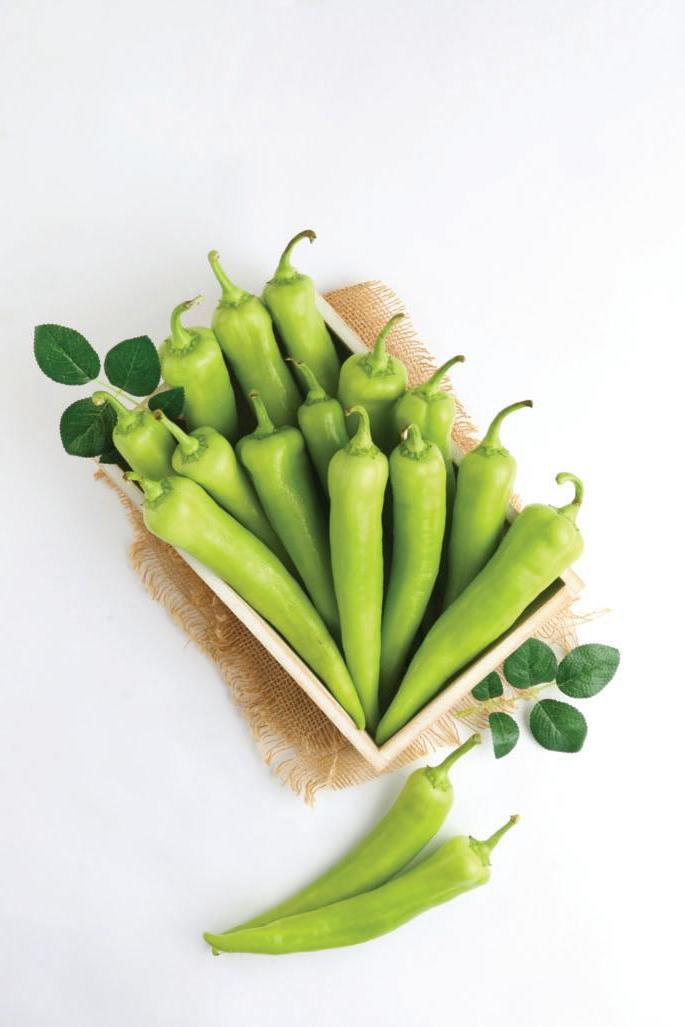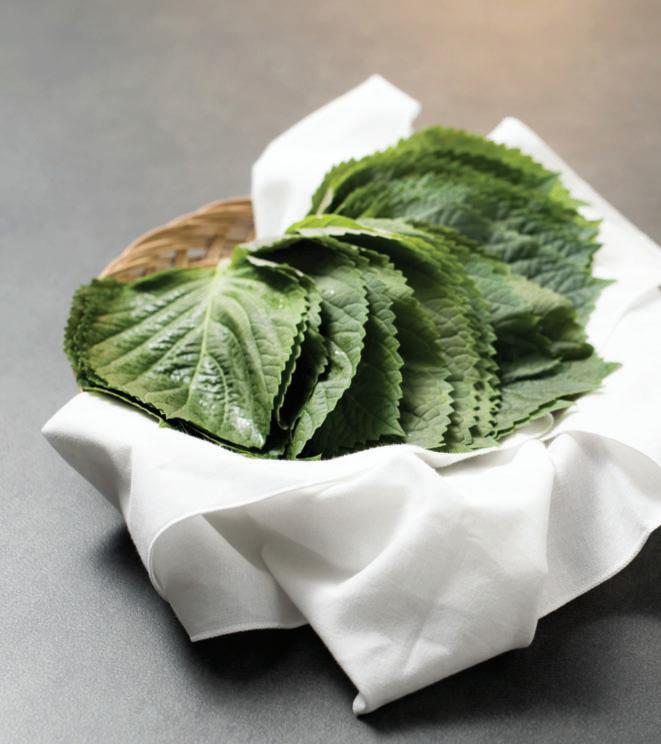
3 minute read
Korean Health Functional Foods Fascinate the World
from June 2020 (vol.296)
by AgroTrade aT
Due to the worldwide spread of COVID-19, food consumption has increased exponentially, and interest in health functional foods with immune-improving effects such as red ginseng is on the rise. In fact, the annual sales of Korea Ginseng Corporation has grown 20% in 2016 with increased demand for red ginseng during the Middle East Respiratory Syndrome(MERS). The global health functional foods market size is projected to reach USD 155 billion this year, which is a 6.4% increase from the previous year. In addition, the Korean government has formed a functional food export support group to look for ways to expand export of health products with proven functionality, including ginseng and red ginseng, perilla leaves, and dangjo pepper.

Advertisement
Korean Ginseng

The Korean a panacea, ginseng has long been used as regardless of East and West, and is one of the most studied plants in the world to this day. It is proven by the scientific name of Korean ginseng, the ‘Panax Ginseng’, which is derived from the Greek meaning allhealing. It is also well-known fact that ginseng was cherished and habitually consumed by King Yeongjo of the Joseon Dynasty, the longest-reigned king of the era. As Korean ginseng has high saponin content, it has excellent efficacy including recovery of body, immunity improvement, and blood circulation. Recently, clinical tests have been conducted to determine whether ginsenosides in Korean ginseng have the effect of strengthening memory and cognitive enhancement.
Red ginseng is made from that has been steamed and fresh dried ginseng after being washed thoroughly. As it implies from the name, ginseng turns red in the manufacturing process. The red ginseng is believed to have five major benefits from antioxidant function to improvement of fatigue and blood flow, and it also boosts immune system and memory. In fact, red ginseng is also officially recognized of its health effects of antioxidants by the Ministry of Food and Drug Safety. In the recent years, it has gained global popularity with a number of red ginseng products, such as red ginseng concentrate, red ginseng beverage, red ginseng capsule, red ginseng tea, and red ginseng sticks.

Red Ginseng
Dangjo Pepper can reduce the incidence of diabetes and improve diabetes condition merely by eating it. This is because the pepper contains a vast amount of AGI( α-glucosidase inhibitor) compounds, which is a term widely used for components that have blood sugar control functions, such as lutein. It also lowers the absorption rate of glucose when carbohydrates are consumed, so the increase in blood sugar is suppressed. As a result of clinical trials conducted by Kyushu National University in Japan from 2015 to 2018, dangjo pepper was registered as a ‘healthy functional food’ in Japan thanks to its function to reduce blood sugar. Type in ‘D123’, the designated number of the dangjo pepper, on the Japanese functional food database site to check out any related information.
Dangjo Pepper

Perilla Leaves

Perilla leaves are rich in rosmarinic acid, which is beneficial for cognitive improvement. There are already numerous confirmed studies including systematic reviews(SR). Rosmarinic acid, mainly contained in herbal plants such as rosemary, has been reported to academics as antibacterial, anti-inflammatory and antioxidant compounds, and has recently been effective in preventing dementia due to protection of the brain nerve. According to the analysis of Rural Development Administration, the rosmarinic acid known to be antioxidant, anti-inflammatory, and dementia-preventive effects in perilla leaves were present 76 mg/g per dry leaf, which is about 7 times more than rosemary(11 mg/g).

